This is part 11 of a test of the Sony 12-24 mm f/4 FE lens. The test starts here.
I’ve been asked to compare the new Sony zoom on the a7RII against the Fuji 23 mm f/4 lens on the GFX 50s. This is not a fair fight. Let me count the ways:
- Prime vs zoom
- 51 MP vs 42 MP
- 33×44 mm sensor vs 24×36 mm one
- Fuji’s small microlenses
I agreed to do it anyway.
ISO set to 200 to keep the shutter speed up. Shutter set to EFCS for both cameras, which meant it really was EFCS for all the pictures with the Sony, and was EFCS at the narrower apertures for the GFX. Exposure compensation set to zero. Manual focusing in both cases. Four shots at each setting and I picked the best one. They were all about the same, actually. 2-second self-timer used in both cases. Arca-Swiss C1 Cube on RRS sticks. The focus was in the center of the image, and all images were refocused at each aperture. Tripod and head were not moved between series.
I developed all the images in Lightroom with default settings, except for Exposure. I adjusted that to roughly equalize brightness.
The scene, with both cameras and lenses, and the Sony 12-24 set to 17 mm, which gives the same vertical field of view.
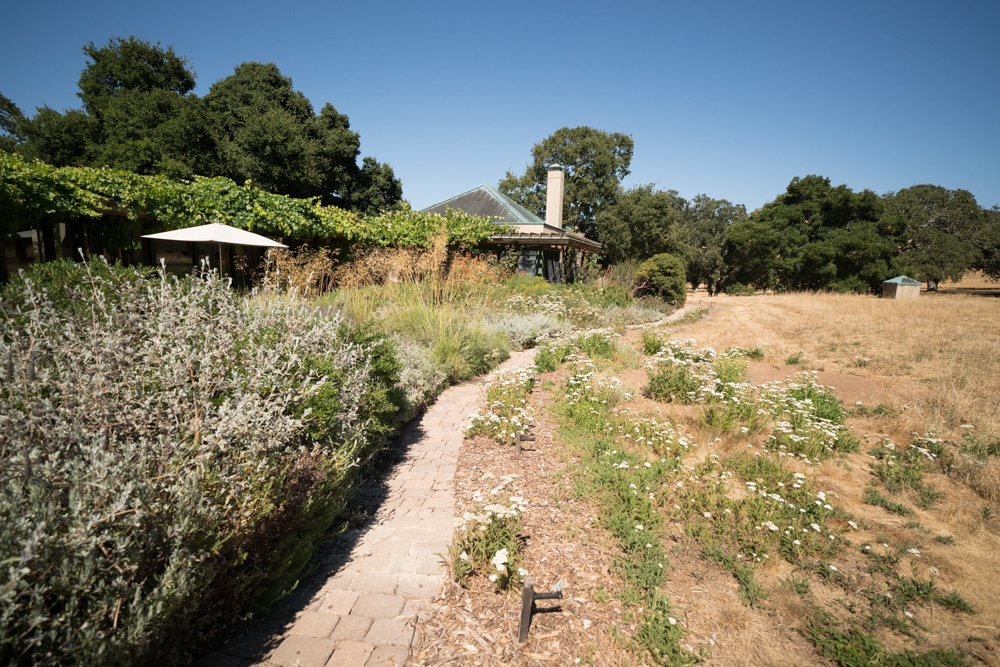

I exported tight crops from the developed images as 700-pixel-wide JPEGs. That means that the images are all heavily upsampled. The GFX images are 253% of their original size in both dimensions. The a7RII images are at 295%. The different ratios are necessary to compensate for the variations in the height of the sensors when measured in pixels.
If you just want a rough idea of the differences, just look at the images as displayed in-line in the posts. However, if you wish to compare these images in detail, you should view these images by clicking on them to see the source files, then setting your browser for 100% zooming. Even better, download them and make Photoshop stacks.
No matter what you do, these crops are all going to look horrible. I’m blowing them up so much so that they will represent the original file after JPEG’s discrete cosine transform has had its way with them. If you want to get a good idea of what the images would look like printed, get far away from your monitor. No, farther than that. Put a bunch of the images up on the screen and back up until the best one starts to look good. Then look at the others. There’s another reason why these images won’t look like the best thing the camera/lens combination can deliver. They’re demosaiced with Lightroom. Lightroom is not awful, but for a particular image, there are usually better raw processors. I use Lr because it’s a de facto standard, because I know it well, and because it’s got good tools for dealing with groups of images.
In the mid-upper-right:

The Sony 12-24 would have to open up to f/2.8 to have an equivalent aperture to that of the Fuji lens at f/4.

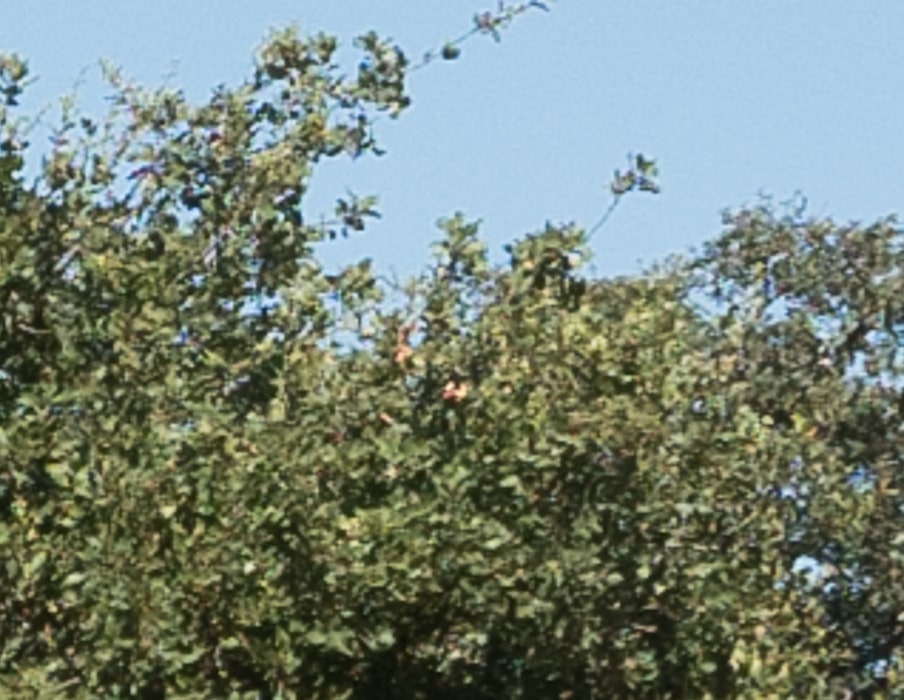
The Fuji is sharper, but the difference is not night and day. This is a strong performance for the Sony lens.
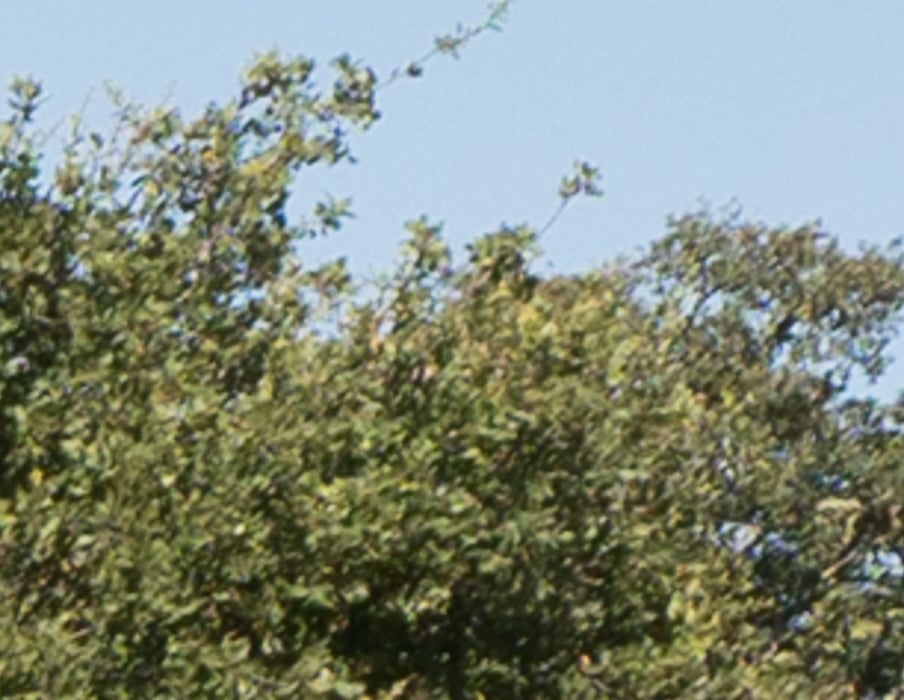

I don’t know how to measure it, but the Fuji 23 has the marvelous property of producing really natural-looking landscape images, in spite of (or is it because of) the small micro lenses.
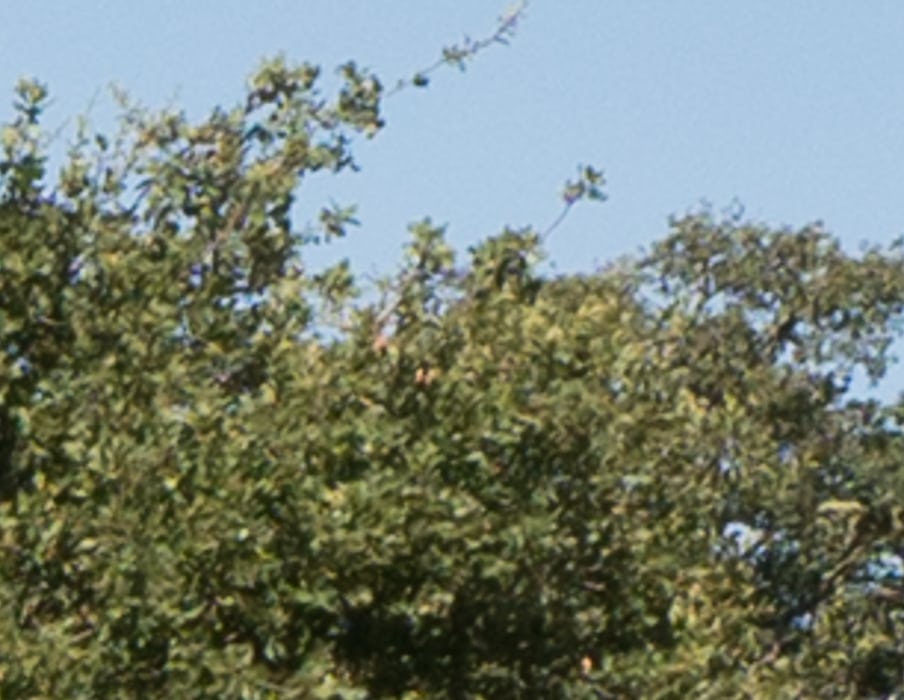
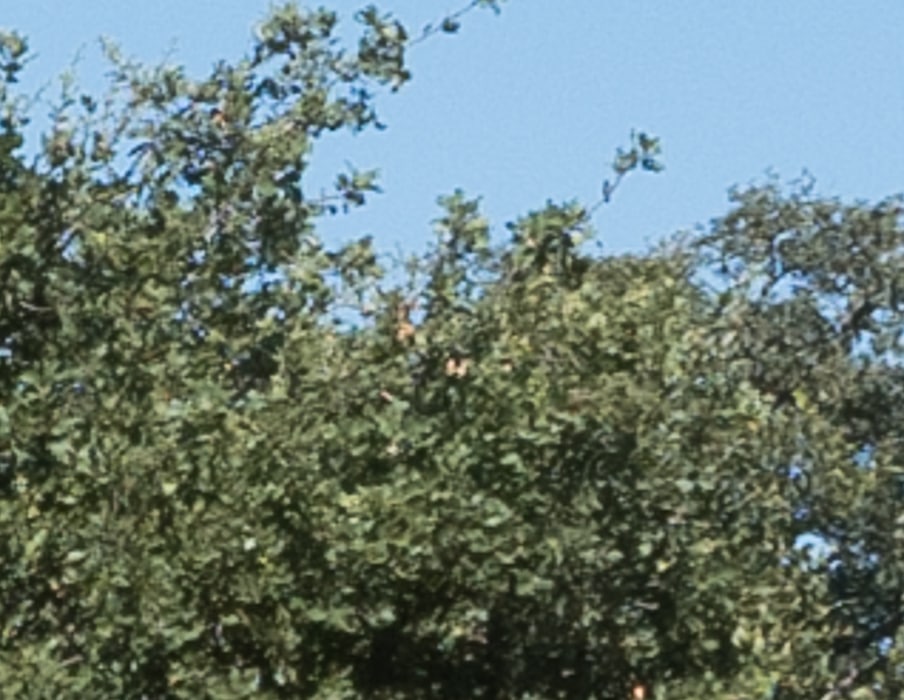
Now we’ll look at the upper left corners of the two sets of images. We’ll go away from the lens axis the same amount in both cases. This means that we’re not going all the way to the corner of the a7RII frame since it has a wider aspect ratio. We’re going out there to what would be the corner if you cropped the image to a 4:3 aspect ratio.
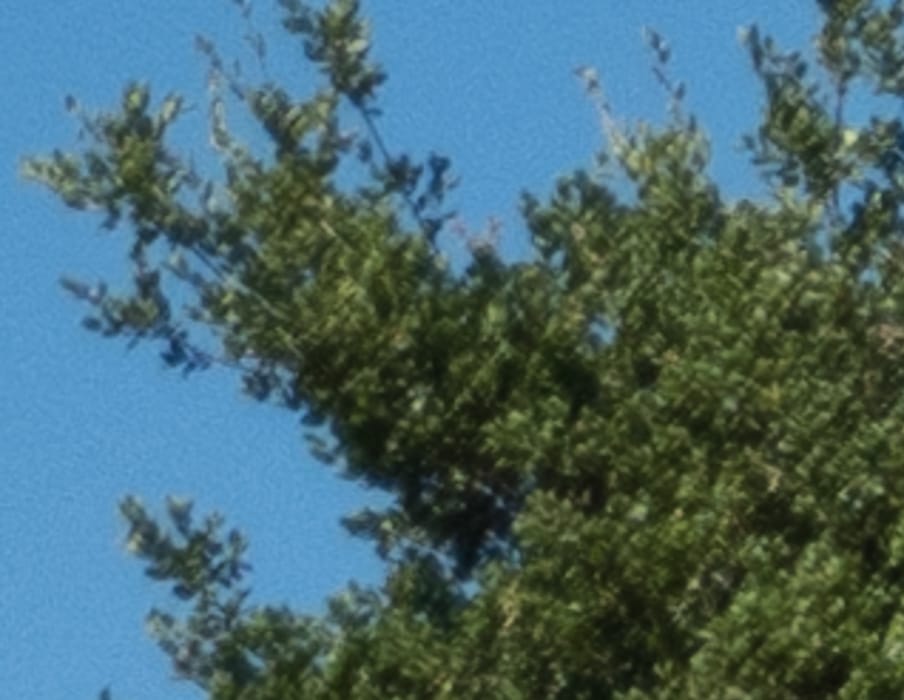
We’ve lost some sharpness compared to the center, and there is some light falloff apparent, but this is darned good in my book. There is no equivalent stop on the SOny zoom.
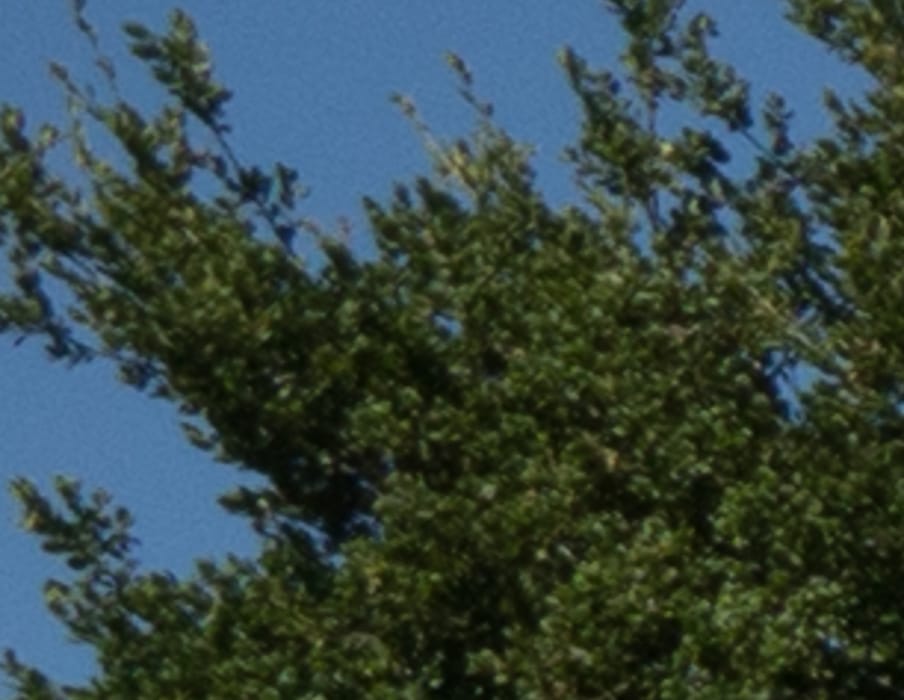
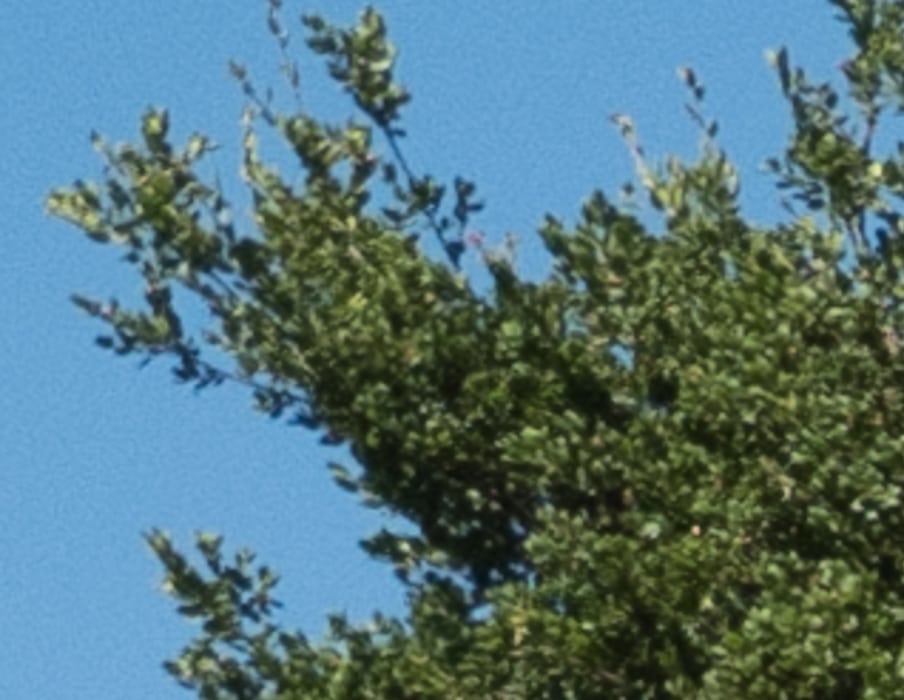
There is quite a bit more light falloff with the Sony lens. Sharpness is not up to the Fuji, but it’s not bad at all.
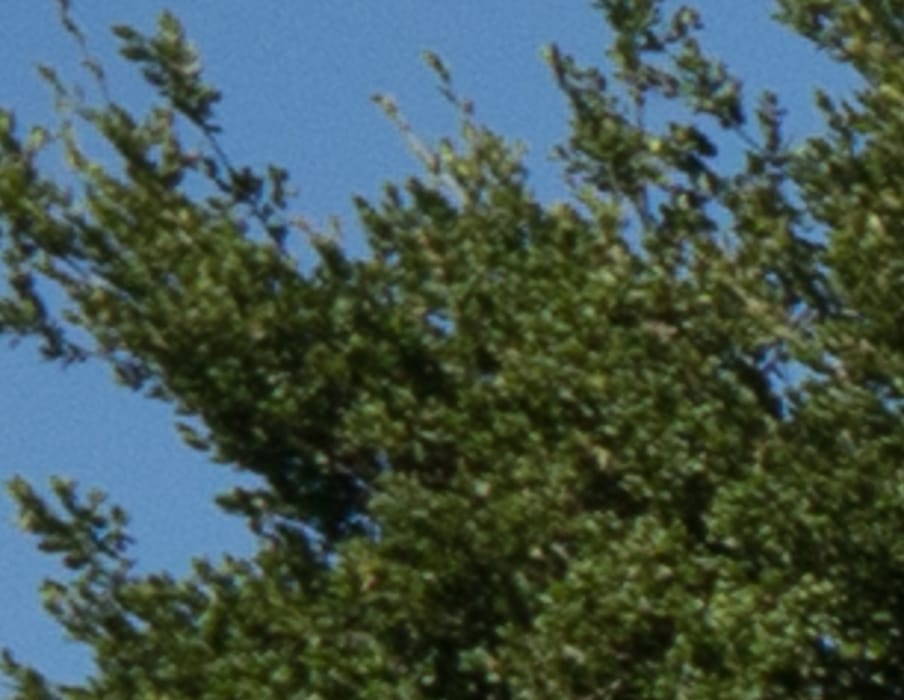
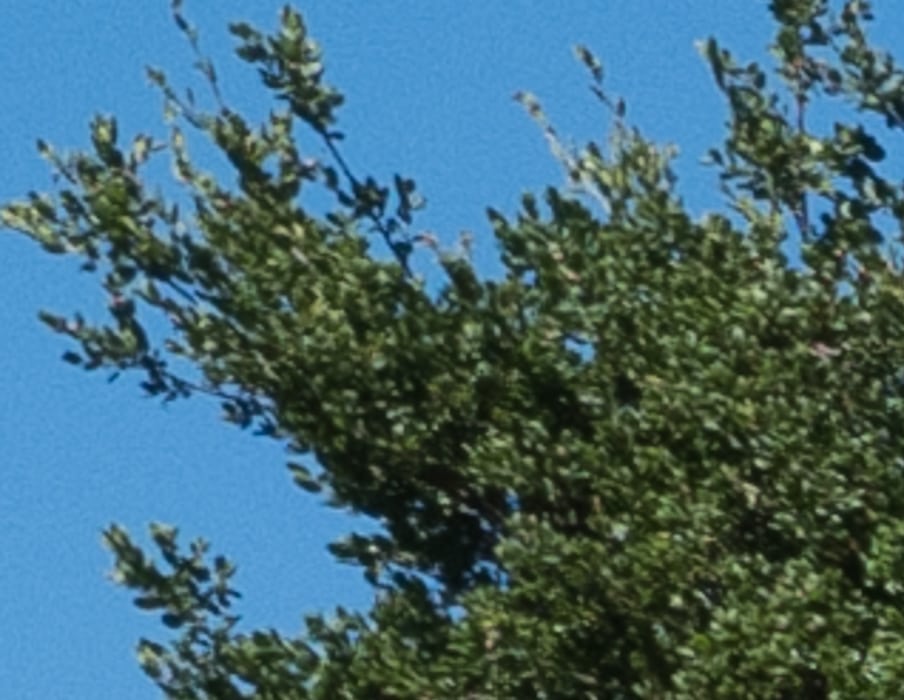
The Sony picks up a little light. The sharpness differences remain.
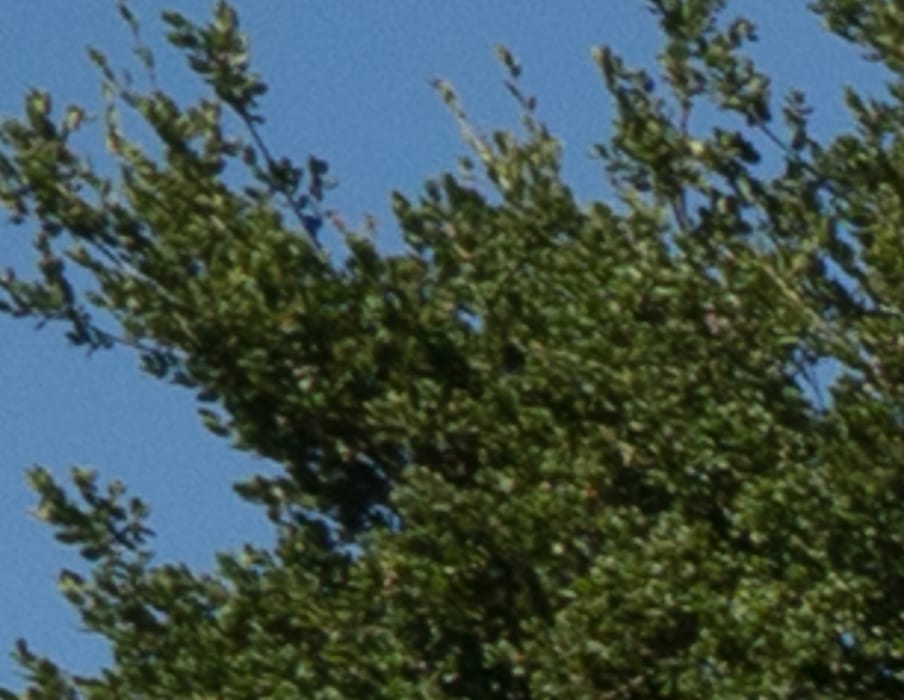
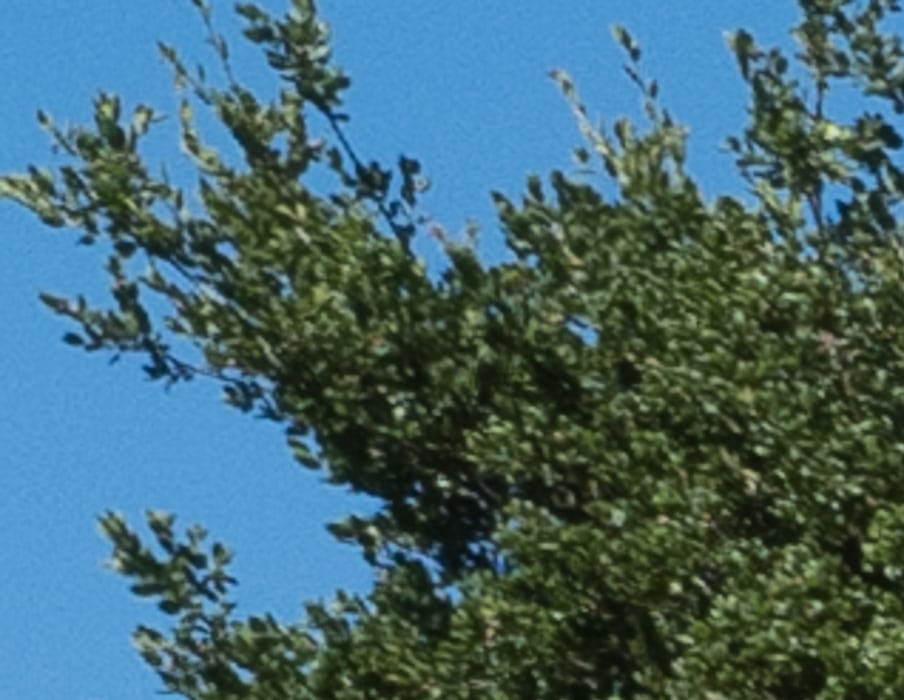
All things considered, the Sony 12-24 acquits itself very well in this test. The Fuji 23/4 is a wonderful lens on the GFX.
I’m surprised that the Sony held up this well. Maybe with the microlens technology Fuji is using the Sony could look very similar?
Maybe in the center, but not at the corner.
This is a good comparison but just a small samplle. FUJI’s images really look sharper, butappear to have received more sharpening. This can be noticed at the edges of leafs and rigs, thanks to the large magnification you have provided. It should be interesting to include the Batis 18 in this test.
Checking the raw files shows that the Fuji images are sharper there, too. Slanted edge MTF50 ratios for raws and Lr-demosaiced files are about the same, indicating that Lr differential sharpening is not affecting the MTF50 much, though it is impossible to remove entirely in a test like this.
Here’s a test with the Batis 18:
http://blog.kasson.com/the-last-word/sony-12-24-batis-18-wate-on-a7rii/
Thanks!